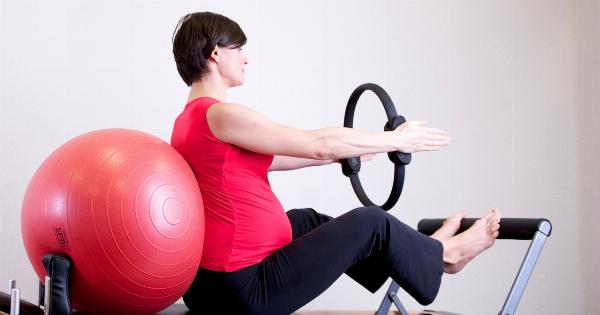Pregnancy is a beautiful journey filled with joy and excitement. However, it also comes with various physical and emotional changes, one of which is the need for safe and effective prenatal workouts.
Staying active during pregnancy has numerous benefits, such as improving mood, energy levels, and even aiding in labor and postpartum recovery. In this article, we will answer some common questions about prenatal workouts, ensuring that you have all the information you need to stay fit and healthy throughout your pregnancy.
1. Are prenatal workouts safe?
Engaging in prenatal workouts is generally safe if you have a low-risk pregnancy. However, it is crucial to consult with your healthcare provider before starting any exercise routine.
They can evaluate your specific situation and provide personalized advice.
2. What types of exercises are safe during pregnancy?
Low-impact exercises like walking, swimming, stationary cycling, and prenatal yoga are generally safe and recommended during pregnancy. These activities are gentle on your joints while still providing cardiovascular benefits.
3. Are abdominal exercises safe during pregnancy?
Traditional abdominal exercises like crunches and planks are best avoided during pregnancy. Instead, focus on core strengthening exercises that are safe for expectant mothers, such as pelvic tilts, standing cat-cow stretches, and modified side planks.
4. How often should I exercise during pregnancy?
It is recommended to aim for at least 150 minutes of moderate-intensity exercise spread throughout the week. This translates to around 30 minutes of exercise most days. Listen to your body and do what feels comfortable.
If you were already active before pregnancy, you may be able to continue with your regular routine with a few modifications.
5. Can I start exercising if I haven’t been active before?
If you haven’t been active before pregnancy, it’s never too late to start. Begin with low-impact activities like walking or swimming and gradually increase the intensity and duration as you build stamina.
Always start at a level that feels comfortable to you, and remember to check with your healthcare provider first.
6. What exercises should I avoid during pregnancy?
Avoid exercises that involve lying flat on your back for extended periods, especially after the first trimester.
Also, steer clear of high-impact activities, contact sports, exercises with a risk of falling or abdominal trauma, and activities that require excessive twisting or balance.
7. Should I modify my workout routine as my pregnancy progresses?
As your pregnancy progresses, you may need to modify certain exercises to accommodate your growing belly and changing center of gravity. Focus on exercises that don’t put excess strain on your joints and ligaments.
You can consider using props, such as pillows or exercise balls, to support your body and maintain stability during workouts.
8. What are the warning signs to stop exercising during pregnancy?
While exercising during pregnancy is generally safe, it’s important to be aware of warning signs that may signal you should stop.
These include vaginal bleeding, dizziness or faintness, chest pain, shortness of breath, severe headache, uterine contractions, calf pain, and decreased fetal movement. If you experience any of these symptoms, stop exercising immediately and seek medical attention.
9. Can prenatal workouts help with labor and postpartum recovery?
Yes, prenatal workouts can play a significant role in labor and postpartum recovery. Regular exercise throughout pregnancy can improve your strength, stamina, and flexibility, which may make labor and delivery easier.
Additionally, staying active during pregnancy can help you bounce back quicker in the postpartum period by aiding in weight loss and promoting overall well-being.
10. Are there any special considerations for exercising in hot or humid weather?
Exercising in hot or humid weather during pregnancy can increase your risk of overheating and dehydration. It’s essential to stay hydrated by drinking plenty of fluids before, during, and after exercise.
Opt for well-ventilated and air-conditioned environments whenever possible, and listen to your body’s signals to avoid overexertion.

























